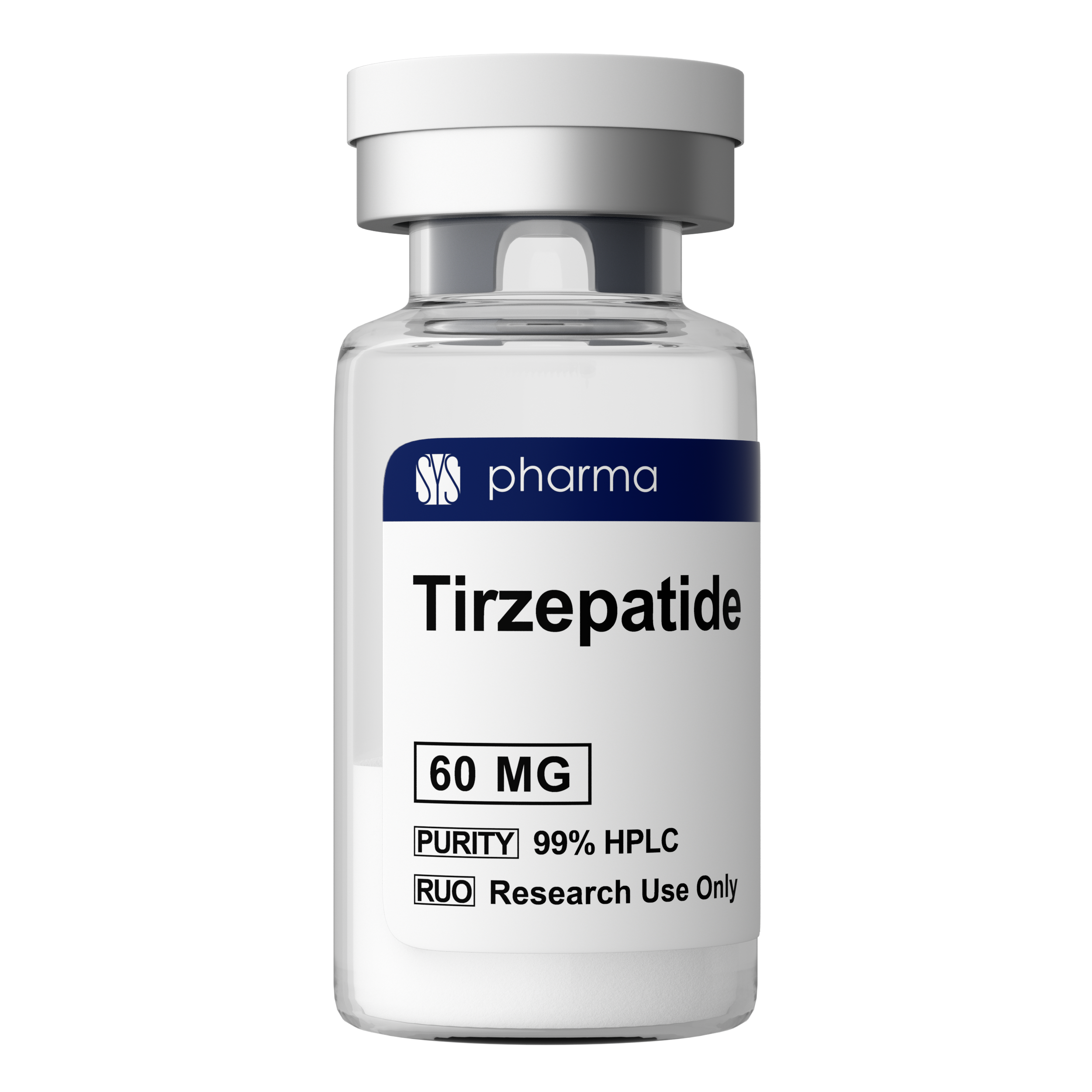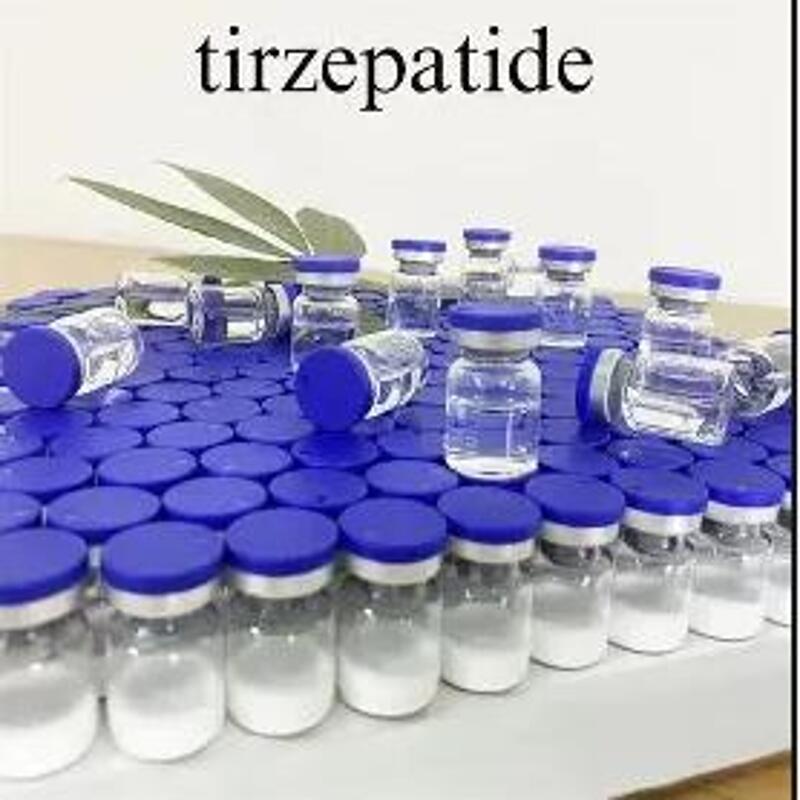Measurement and identification of clean room and indoor equipment
-
Last Update: 2015-03-11
-
Source: Internet
-
Author: User
Search more information of high quality chemicals, good prices and reliable suppliers, visit
www.echemi.com
In pharmaceutical industry enterprises, according to the requirements of GMP standards, it is necessary to enforce the measurement and appraisal of sanitary quality certification and legitimacy for production equipment, production system and production process In addition, the production environment (including air and indoor space) of pharmaceutical enterprises also has an important impact on product quality Therefore, the sanitary quality of clean room must also be measured and identified In the framework of health measurement and calibration, it is necessary to determine which measuring points and equipment must be measured and tested, so that measurement and calibration can be carried out regularly For the clean room in the pharmaceutical production process, the equipment in the clean room must be measured and tested according to the provisions of Annex C of ISO 14644-3 standard In all kinds of measurement and detection, important measurement and detection instruments include: particle counter, aerosol detector, flow detector, differential pressure detector, thermometer and hygrometer, etc Different sensor systems with appropriate detection accuracy will be used for different detection quantities In addition, according to the requirements of GMP standard, all testing instruments are required to be calibrated regularly The standard stipulates that the calibration period of various testing instruments is 12 months The technical feasibility in Annex C of ISO 14644-3 standard has been transformed into the feasibility test of technical implementation in GMP standard The basic data of measurement and calibration the main basic concepts of measurement and calibration are: - Measurement and calibration: compare the test value with the standard value under the specified conditions; - correction: adjust the Zui small possible difference; - Measurement Unit: the unit specially specified for the testing equipment - Compliance: the corresponding relationship between the data obtained in the process of continuous measurement and inspection and the international standards; - unreliability of inspection: parameters identified by the inspection control system and related to the measurement results and measurement values In general, compliance is indicated by certification standard certificates issued by different levels of national certification bodies For example, obtaining the certification certificate of DKD means that the specified requirements have been met within the scope of DKD standard, because the certification certificate of DKD is recognized by the certification and approval department of international standards The purpose of measurement and calibration is to check the consistency between the tested object and the special standard The conformity certificate can be obtained only when the test error and the test unreliability coefficient are less than the specified value In the measurement and inspection, according to the requirements of the special technical specifications of the tested object, the ratio of the measurement unreliability and the detection error shall be 1:3 That is to say, the factors of unreliability should be considered when evaluating the results of measurement and calibration The selection of testing instruments is given in Annex C of ISO 14644-3 standard, which is recommended to be selected for the measurement and calibration according to ISO 14644-3 standard Temperature when monitoring room temperature, resistance thermometer or thermistor shall be selected as temperature sensor The required detection accuracy is 0.5 ℃ In today's production site or DKD measurement and calibration, the measurement and inspection accuracy can reach 0.1 ~ 0.2 ℃ In Germany, there are more than 30 qualified DKD calibration laboratories Relative humidity according to ISO 14644-3, humidity sensor with thin coating capacitor or ^ * * sensor shall be used for relative humidity test The detection accuracy of this kind of relative humidity sensor is required to be 2% - 3% of the RH value Therefore, the unreliability of measurement is about 1% In Germany, there are only a few qualified laboratories for the measurement and calibration of relative humidity, but it is enough for customers who require the measurement and calibration of relative humidity Pressure difference: in order to measure and monitor the pressure difference between clean rooms, it must be measured in a lower differential pressure range (5-25pa) Starting from 20Pa, a more pressure balance must be used for calibration In the low-pressure range, in many cases, only the difference compensation method can be used to estimate the consistency Only a few laboratories can carry out the measurement and calibration of low pressure difference Testo Industrial Services Co., Ltd has developed a new calibration method for low pressure differential measurement They use DKD approved wind tunnel equipment The principle is that the air flow will produce a certain pressure drop after passing through the wind tunnel By adjusting the air flow through the wind tunnel, a stable pressure difference can be obtained at the exit of the wind tunnel while maintaining the same air flow The pressure difference is about 5 Pa when the air flow is 3 M / s, and the measurement error is 0.2 Pa this accuracy fully meets the requirements of the commonly used pressure sensor for measurement and calibration The measurement of airflow velocity also has high requirements for the measurement of airflow velocity According to the requirements of ISO 14644-3 standard, hot wire anemometer, ultrasonic anemometer and impeller anemometer suitable for detection in low pressure air flow shall be used It is often carried out to calibrate the anemometer with the air velocity in the range of 0.45m/s The result of measurement and calibration must prove that the error of anemometer is within ± 20% This requirement is difficult to meet, because according to ISO 14644-3 standard, the technical specification of air anemometer in this case is 0.12m/s In this case, only comparative measurement calibration can be carried out to obtain a higher safety factor At present, there are three DKD measurement and calibration laboratories in Germany with measurement accuracy of 0.1m/s It is more difficult to calibrate the measuring instrument of particle content The allowable error of particle content detector shall not exceed ± 20% At present, DKD metrology calibration laboratory can not carry out this work The measurement and calibration of the particle counter can only be carried out in the instrument manufacturer According to the requirements of ISO 17025 standard, the federal competent authority can provide you with the observation method of the measurement and calibration unreliability of particle content detector developed in Switzerland The measurement and calibration of the particle content detector is unreliable, and the error is relatively large (about ± 10%) when the particle content is low, so it is difficult to prove that it has reached the standard specification of ± 20% In other words: at present, in the measurement and calibration of particle content detector, the traceability of calibration results is still insufficient Summary: Generally speaking, the measurement and calibration of temperature and relative humidity detection instruments have sufficient inspection accuracy In the range of 0-1 M / s low-speed air velocity, due to the unreliability of the measurement and calibration results of air anemometer, the number of units that can carry out the measurement and calibration of this kind of testing instrument is too small The calibration of the differential pressure detector with a pressure difference of 0-20pa is similar to that of the air velocity detector As for the measurement and calibration of particle content detector, there is no DKD authorized measurement and calibration unit Shanghai Sujing Industry Co., Ltd if you have any need, you can pass with us at any time Thank you very much for your support and look forward to cooperating with you Thank you & bestragard! Suing Jinghua
This article is an English version of an article which is originally in the Chinese language on echemi.com and is provided for information purposes only.
This website makes no representation or warranty of any kind, either expressed or implied, as to the accuracy, completeness ownership or reliability of
the article or any translations thereof. If you have any concerns or complaints relating to the article, please send an email, providing a detailed
description of the concern or complaint, to
service@echemi.com. A staff member will contact you within 5 working days. Once verified, infringing content
will be removed immediately.







